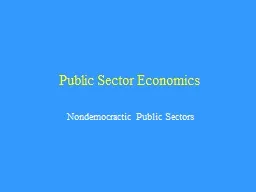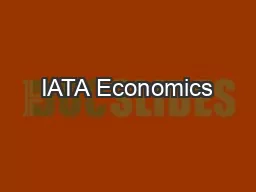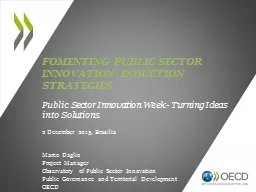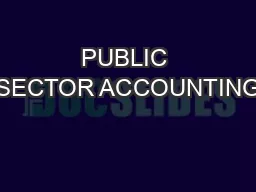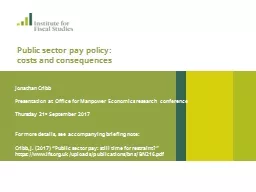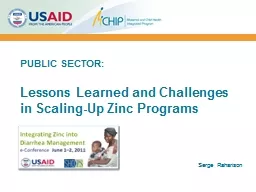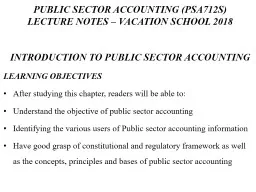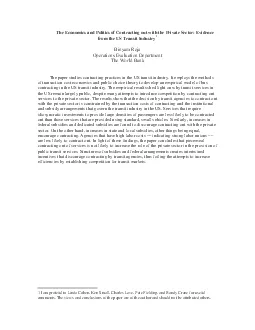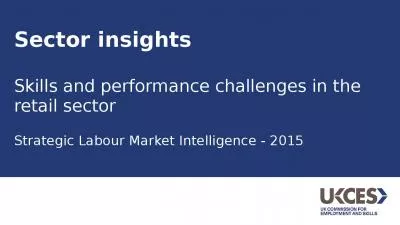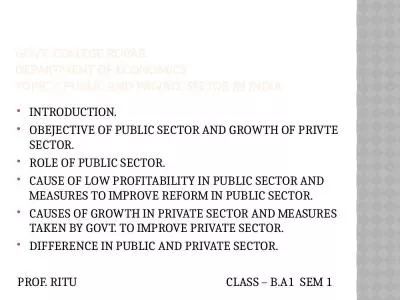PPT-Public Sector Economics
Author : alida-meadow | Published Date : 2017-03-28
Nondemocractic Public Sectors Why dont powerful dictators simply declare your wealth is my wealth In fact they go to great lengths to hide their wealth Hitler turned
Presentation Embed Code
Download Presentation
Download Presentation The PPT/PDF document "Public Sector Economics" is the property of its rightful owner. Permission is granted to download and print the materials on this website for personal, non-commercial use only, and to display it on your personal computer provided you do not modify the materials and that you retain all copyright notices contained in the materials. By downloading content from our website, you accept the terms of this agreement.
Public Sector Economics: Transcript
Download Rules Of Document
"Public Sector Economics"The content belongs to its owner. You may download and print it for personal use, without modification, and keep all copyright notices. By downloading, you agree to these terms.
Related Documents

